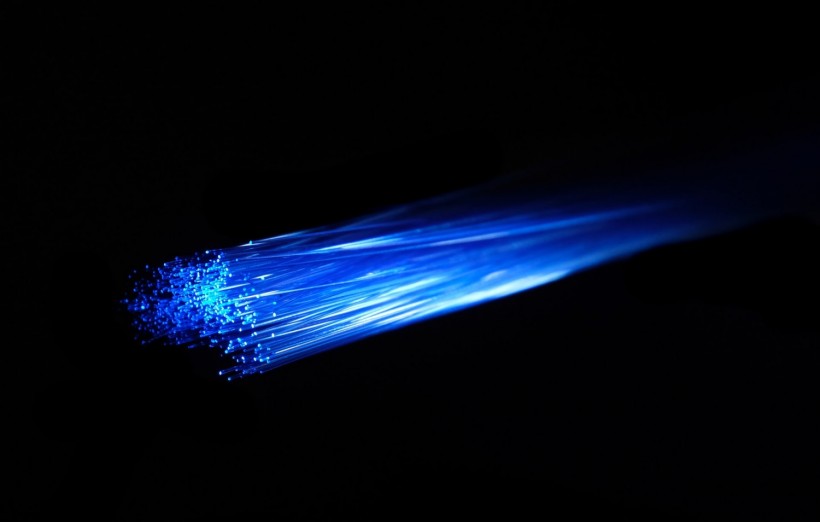LIDAR is a light detection and ranging optical technology system using reflection to develop a distance map for objects in range. The system sends a short laser pulse and records the time between the outgoing light pulse and the detection of the reflection of the light pulse. Below is how LIDAR works, its application, and additional information about LIDAR.
History of LIDAR
The LIDAR technology prototype was first built in 1961 by the Hughes Aircraft company after the invention of the laser in 1960. The technology became more popular after mapping the moon during the Apollo 15 mission in 1971. The evolution of LIDAR began after the system was proven accurate through scientific research. It then became viable for commercial and consumer application in the 1980s, and in 2006 Acroname, in partnership with Hokuyo in Japan, introduced low-cost 2-dimensional LIDAR scanners. Since then, LIDAR has been evolving with new developments and discoveries made every day.
How LIDAR works
LIDAR has sensors that use a laser beam to determine the distance of an object. The sensors send a laser beam to the target object and then receive the reflection of the laser beam. Sensors are installed with microcomputers inside to record the time between release of the laser beam and the time the reflection reaches the sensor. The recorded time is used to calculate the distance of the object.
LIDAR in today's world and its future
LIDAR in the future indeed depends on advancements in LIDAR in today's world. As limitations are being reached during upgrades, discoveries and improvements are being made in other areas. This shows that LIDAR creation is a continuous, effective process even in the future. This is also proven by the rise of many companies to cater to the flooded market. In today's world, LIDAR has played an essential role in the surveying and mapping profession, but with the rapid advancements, it is believed to serve in more areas.
Application of LIDAR
LIDAR technology is used in agriculture to determine areas with sufficient sunshine for efficient and proper plant growth and the nature and type of soil in a particular place.
LIDAR is used in place of photogrammetry in archaeology to discover hidden features and vegetation since it can acquire accurate data on the surface topography missed by photogrammetry.
The National Oceanic and Atmospheric Administration used LIDAR to respond to emergency missions and develop accurate mappings of shorelines and digital elevation models for geographic information systems.
Robots are equipped with LIDAR for mapping and navigation capabilities and training automatic vehicles to recognize distance between the car and the surrounding objects.
Laser beams are used to determine ores with oil and gas deposits helping the geologists know the exact location to mine and determining the mine structure to prevent collapsing.
LIDAR technology is becoming popular in households using solar as it is used to direct sun rays to the solar panel allowing it to provide enough lighting. LIDAR is essential as it gives accurate data and has contributed to numerous companies and consumers worldwide.
© 2024 NatureWorldNews.com All rights reserved. Do not reproduce without permission.
* This is a contributed article and this content does not necessarily represent the views of natureworldnews.com






